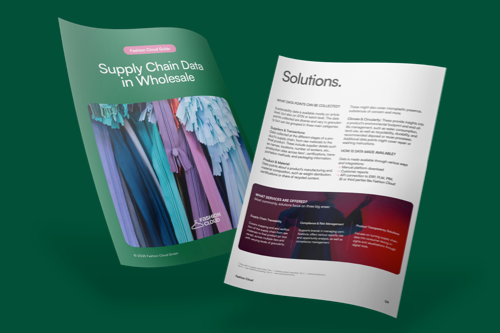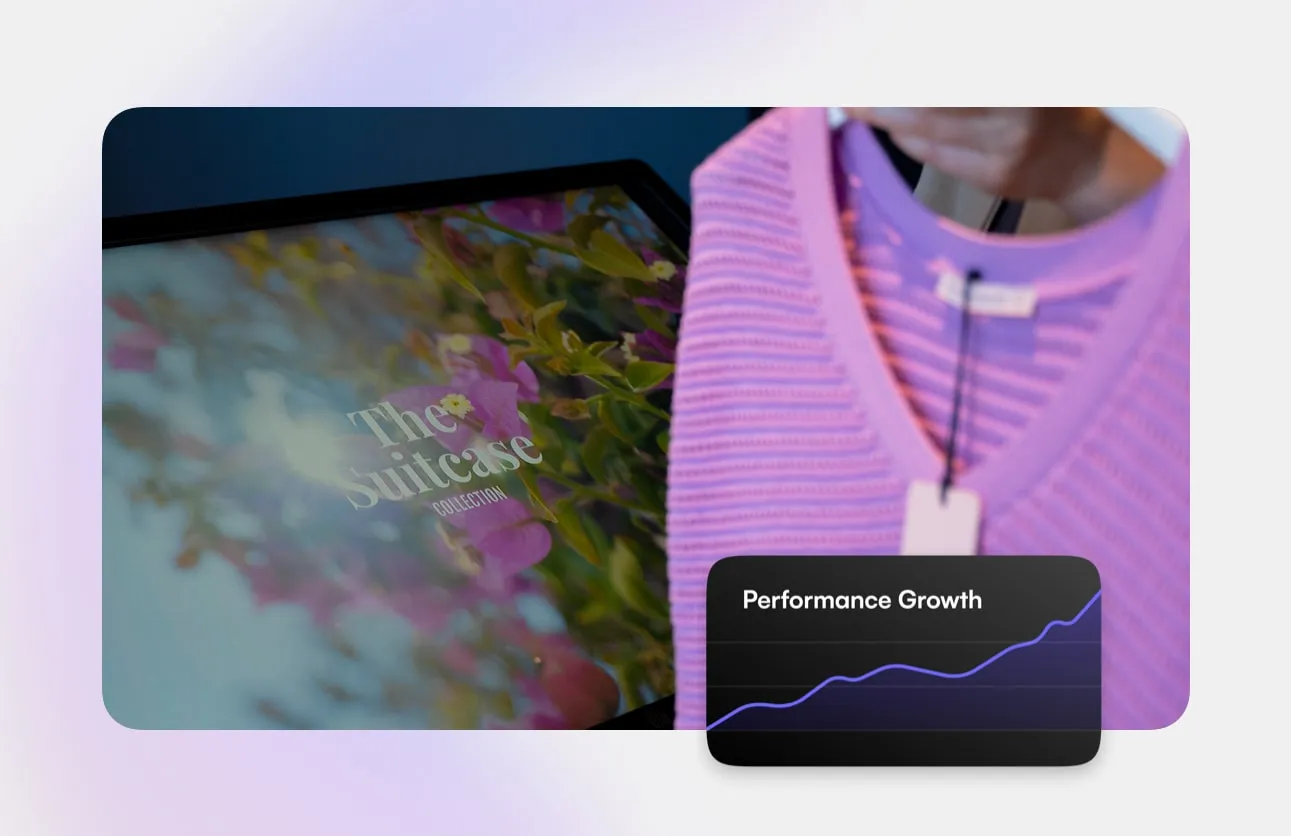.webp)
Collection planning and risk sharing in the wholesale market
May 2022 - It’s time for both brands and retailers to revise collection planning. The shift from pre- to reorder is taking place, but brands struggle to justify the risk for taking on additional stock. And retailers complain NOS (never out of stock) collections are out of stock at the brand anyway – let alone being able to find more of the seasonal collection that sells well.
There are two reasons for the trend of more reorder, NOS and and in-between collections. One: retailers want to react fast on trends – to be able to offer what the consumer wants at that moment in time. And two: sustainability & healthy margins: brands want to offer a larger collection of basic quality pieces that are not discounted at the end of the season. In contrast to the seasonal collection of which roughly 40% is not sold at full-price.
1: Brands and retailers need to start sharing risk
In most northern European markets brands do roughly 75-80% of their turnover on preorder, the remaining being reorder of which the majority being a NOS program. In the southern part it’s closer to 90-95% preorder. There are exceptions with some companies doing 40-50% on a reorder basis.
The key change the industry needs is that brands and retailers start sharing risk. Where brands now often ask the same mark-up for different collections, I make the case that both brands and retailers can optimize their business by pricing in different risks for the different collections. A typical 2.8-3.0x markup for preorder, but for example a 2.2-2.4x markup for reorder and 2.3-2.5x markup for NOS collections. A retailer can still preorder at markups as used today, but now are able to reorder because of better availability. Yes at a lower margin, but this is still an improved outcome towards the other option: not enough stock at the brands to be able to reorder.
With improved risk sharing the wholesale industry makes sure the items are at the right place. When (stock)risk is shifted to the brands, and brands receive a higher margin on the stock this enables brands to actually take higher stock positions. In return retailers are more successful ordering NOS and reordering seasonal items that sell well. Lowering risk at the retailer, and making sure a larger part of the collection is sold at no discount. As such resulting in retailers selling more of what they sell well.
Below in graph 1, you see how a typical retailer plans for buying today – let’s assume he has a €10.000 budget for the full year to invest in a brand. The reason he can use 105% of that budget is because the pure reorder is placed at the moment the retailer has room to invest the money again. Also I assume the NOOS collection sells 4x during the year.

The outcome is that a retailer makes approximately €30.000 euro revenue on an investment of €10.000. Current problems are that we see stagnation in the model: brands struggle taking on more stock because it’s adding risk to their business without additional return. First movers are brands with their own stores, and of course brands having a B2C webshop. As such we do see increased stock levels but they are meant for the consumer, not for the wholesale market. The risk taking for the brand yields additional returns because the initial mark-up for B2C stock is 5x instead of the average 2.8x in the wholesale market.
2: Let’s have a look at the dynamics of the different collections from a risk and cost perspective.
For preorder, the costs per product are low because there is high quantity per unit ordered and it can be produced cheaply in the far east. The brands are financing the order for 6 months but are 95% sure their investments yield returns backed by the order book.
Express, or in-between collections can be more expensive. Quantity per product is usually lower, as such there are higher designer and other fixed costs per item – as well as more expensive production if it’s produced closer to/in Europe. Supplier risk is low because these orders are also backed by an order book. Unless suppliers place the orders at their own risk – maybe after consulting some key accounts. In that case the risk is higher.
Reorder is low from a costs per item perspective as the brand can add this to the preorder book. Yet the risk is very high. The brand is basically taking a stock position based on their views of what would sell well but is not backed by an order book from the retailers.
NOS is the collection where costs per item is low – certainly because if you carry items multiple seasons, maybe with variation in colors – you don’t have the usual design and sampling process. Supplier risk is also low. The items will sell – however the brand does need capital to invest in the stock (next to space in warehouses etc.) which needs to yield return.
I’ve made a suggestion where the buyer has the same budget to invest in a brand, yet now the mark-up is risk adjusted. This allows the brand to plan for stock and the retailer to buy differently. As you can see the retailer has approx 10% more return on the €10.000 investment because he’s able to invest more in reorder and NOS – having a lower mark-up at the start however less risk for the retailers (reflected by the % of the collection sold at a discount).

Now of course there are quite some assumptions in my two examples. But even if you change them to what’s applicable for your brand or buying budget – the direction of the outcome stays the same: it’s a good thing to price in risk – so that the brand has more room to plan for stock, and the retailers are able to increase reorders and NOS.
This finding is supported by what we see at Fashion Cloud when brands and retailers use our smart replenishment tools. When brands and retailers optimize for smart replenishment of NOS and reorder suggestions, they do 10-30% more business. Does this mean the industry will sell more in total? I don’t think so. But I strongly believe brands who are able to master stock positions well – will gain market share from brands just offering preorder collections. And more importantly: longer term this results in the wholesale industry selling the right amount of items at the right location. Less discounts, less waste – it’s a way to go, but there is a lot to gain.
You want to learn more about Smart Replenishment? >>> Contact us now.




